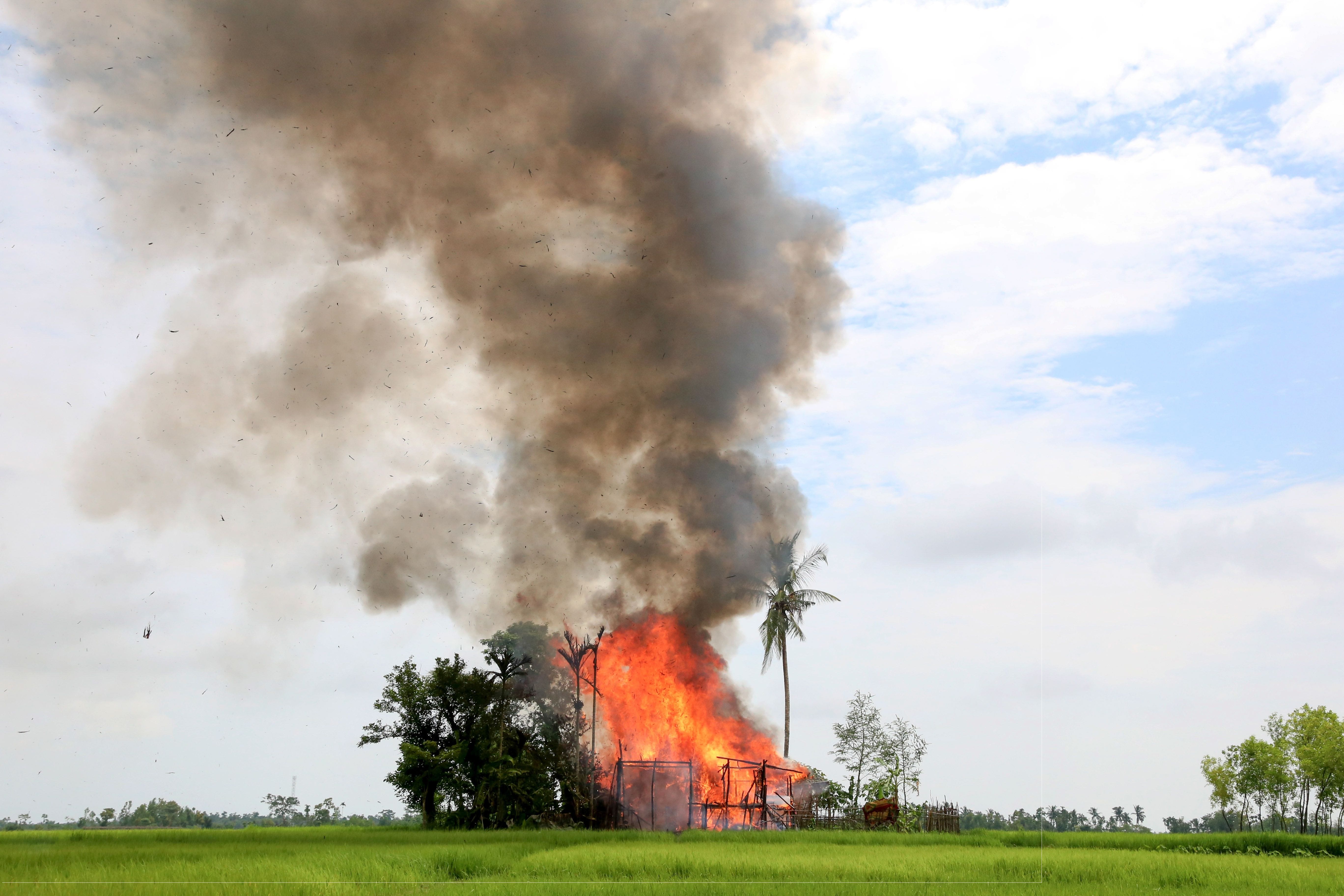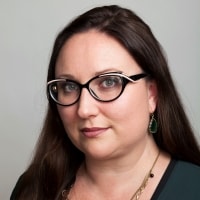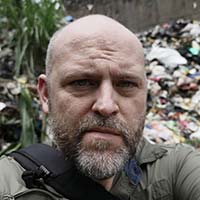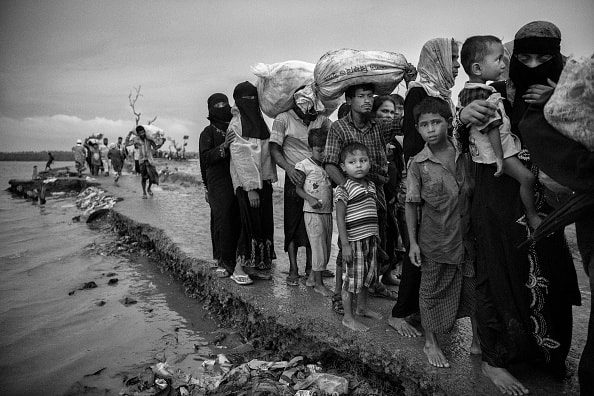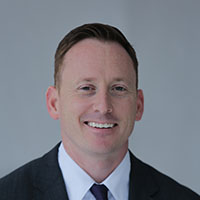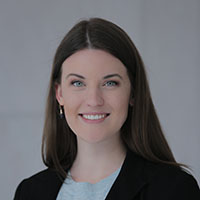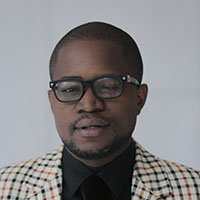They burnt everything. They killed Moulavi, my husband.
In late 2017, Dildar Begum fled her village of Buthidaung, a town in Myanmar’s Rakhine state, which has been consumed by escalating crackdowns on its Muslim-minority Rohingya population.
“He was standing in front of our house,” Begum said. “They beat him to death.”
Begum now lives in the swelling Kutupalong refugee camp across the border from Myanmar in a city called Cox’s Bazar on the southeast coast of Bangladesh. She is among the nearly 900,000 Rohingya who have fled to this camp amid reports of ethnic cleansing perpetuated by Myanmar’s security forces.
Bangladesh today hosts the largest population of refugees, according to the International Organization for Migration, with nearly 1 million Rohingya crammed into 38 refugee camps in Cox’s Bazar.
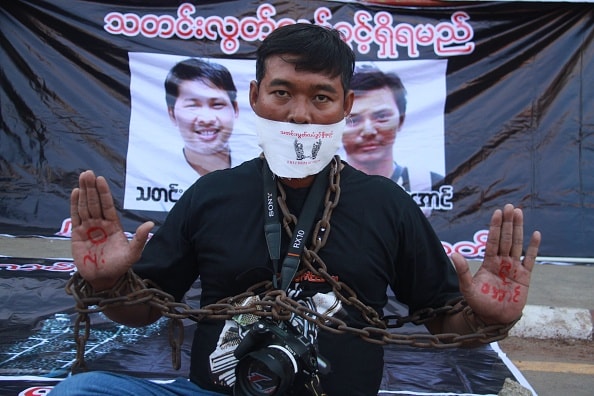
The Rohingya crisis is part of a larger narrative of distrust and governance challenges within Myanmar, stemming from a complex history of colonialism, ethnic and religious tensions, and geopolitical concerns.
For an outsider, the internal strife can be baffling and is exacerbated by the increased restrictions on press freedoms by the Myanmar government.
In this closed media environment, reporting on basic facts on the ground is challenging and dangerous. It has become even more difficult to uncover the context necessary to understand events. With two Reuters journalists recently arrested for uncovering evidence of a mass grave in Rakhine state, barriers to independent journalism and an overreliance on social and state-run media in Myanmar have led to a distorted and incomplete picture of the Rohingya crisis.
Cascading Effects of Violence and Suppression
The current crisis in Myanmar stems from religious and ethnic differences between the ethnic minority Rohingya Muslims and the majority Buddhist government and society, a conflict that stretches back centuries.
While the Rohingya claim to have longstanding roots within Rakhine state, the Myanmar government has long refused to grant them citizenship and considers the Rohingya to be illegal immigrants.
Recently, this struggle has led to physical violence on both sides, creating a refugee and humanitarian crisis that has received renewed international attention.
There are accusations and reports that Myanmar’s government forceshave brutally beaten, killed, and raped the Rohingya, while burning their homes, precipitating a massive exodus of Rohingya into neighboring countries.
In response, Rohingya insurgents, the Arakan Rohingya Salvation Army (ARSA), have violently attacked local Myanmar police forces.
Amid the fighting, the Myanmar government has restricted national and international media organizations from covering the conflict by denying them access to Rakhine state and the Rohingya, limiting accurate reporting on what the United Nations has officially deemed as a case of ethnic cleansing.
In the place of quality journalism, Myanmar’s citizens often find sensational, sanitized, and outright fake news, much of it via social media, including state-sponsored propaganda.
In a TV broadcast last spring that chronicled a government investigative team’s trip to Rakhine state, the state broadcaster inaccurately translated claims by a young woman who said that she had seen women in her village being raped by Myanmar’s soldiers. The translator tells investigators that the young woman did not see any instances of rape.
Jeffrey Rathke, a former deputy press spokesman with the State Department, says the clouded media environment in Myanmar is a worrisome development.
“The effect that it is having on public opinion—which is what all policy is based on to some extent—is troubling,” Rathke said.
Attacks on Traditional Media
The attacks on press freedom in Myanmar are part of an alarming trend of increased press censorship and violence against journalists around the world.
According to Freedom House’s Freedom of the Press 2017 report, global press freedom declined in 2016 to its lowest point in 13 years. Today, only 13 percent of the world’s population enjoys a free press. This decline in press freedom has dramatically impacted journalists’ access to information and personal safety.
The Committee to Protect Journalists (CPJ), which tracks attacks on and jailing of journalists worldwide, reported that the number of incidents, including the deaths of 44 journalists, has steadily risen to record numbers in 2017. This increase, which also coincides with the explosion of “fake news,” has purportedly been fueled by what critics describe as the United States’ retreat from its historic role as a champion of human rights and freedom of the press.
“Now is currently the worst time to be a journalist,” says CPJ advocacy director Courtney Radsch.
According to CPJ, President Donald Trump’s ambivalence toward global human rights crises and his disdain for the press have emboldened oppressive governments like Turkey, China, Russia, Egypt, and Myanmar to crack down further on press freedoms and civil liberties.
In an interview with the New York Times last December, U Kyaw San Hla, a government official in Myanmar, said, “there is no such thing as Rohingya.” He then followed the comment with President Trump’s common refrain, “It is fake news.”
An Uncertain Future
The global constriction on press freedom has given rise to a new wave of journalism. Citizen journalists are circumventing strict regulations and physical boundaries that conventional journalists face by leveraging informal channels, namely through social media.
Using camera phones to take photos and videos, citizen journalists add visual components to enhance their stories and even gain global attention. CPJ’s Radsch observes that she has seen this in Syria.
“After Western and foreign media and journalists were prevented from going into the country and gaining access…the world was reliant on citizen journalists who literally risked their lives…to bring images and reporting from the ground,” Radsch says.
While this new and unregulated age of social media has allowed citizens to broadcast to the world, it has also given rise to fake news that engenders hatred, distrust, and apathy. It has also empowered vast state-sponsored disinformation campaigns, including Russia’s meddling in the United States’ 2016 presidential election.
The Myanmar government has used similar techniques to bolster public support for its actions against the Rohingya. Last year, Aung San Suu Kyi’s councilor’s office labeled reports of abuses against the Rohingya in the Rakhine state as “a huge iceberg of misinformation.”
Suppression of quality investigative reporting within Myanmar has not only prevented the outside world from looking in, it also has had a chilling effect on domestic journalism.
In a conversation with reporters last month at the Center for Strategic and International Studies in Washington, former U.S. ambassador to Myanmar Derek Mitchell spoke about how vital journalists are both in attaining and interpreting events in hazy information environments.
“The role of the journalist is now more important than ever before because their real skill is not just in getting information, but in their ability to make sense out of that information,” Mitchell said.
In the meantime, the Rohingya’s future remains uncertain.
The role of the journalist is now more important than ever before because their real skill is not just in getting information, but in their ability to make sense out of that information.
Wa Lone and Kyaw Soe Oo, the two Reuters journalists who were detained last December, had their application for bail denied in February. They remain imprisoned even as evidence of five additional mass graves has recently been uncovered. They remain at Yangon’s notorious Insein prison, which is known to repress political dissidents through coercion and other inhumane conditions, until their next hearing later in February.
While the Myanmar and Bangladeshi governments brokered a time frame in January to repatriate the hundreds of thousands of exiled Rohingya refugees, questions remain about how they will be able to return. The repatriation plans so far do not include instructions on whether Myanmar will grant the refugees citizenship, whether they will recognize their home in Rakhine state, or whether their safety is ensured.
“We came here [to] save our life, now we want justice from [the] world,” says Dil Mohammad, another refugee at Kutupalong refugee camp in Cox’s Bazar.
“If the government can ensure our safety, then we are ready to go [to] Myanmar. Otherwise we want to stay here.”
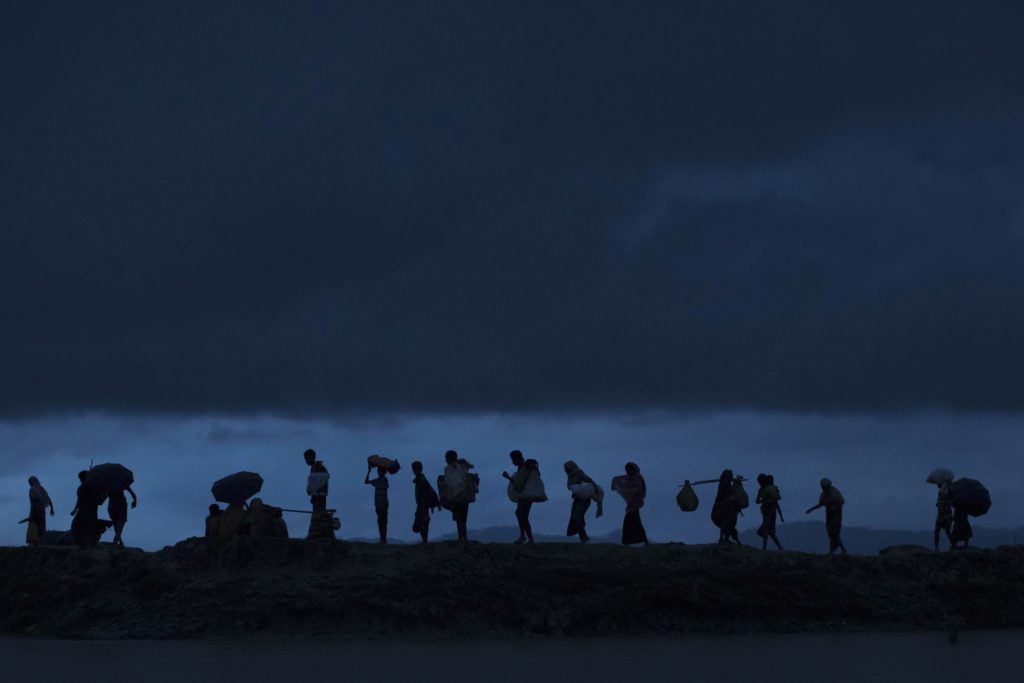
If you are interested in learning more about the Rohingya and the border crisis in Myanmar and Bangladesh, please visit:
UN High Commissioner for Refugees


